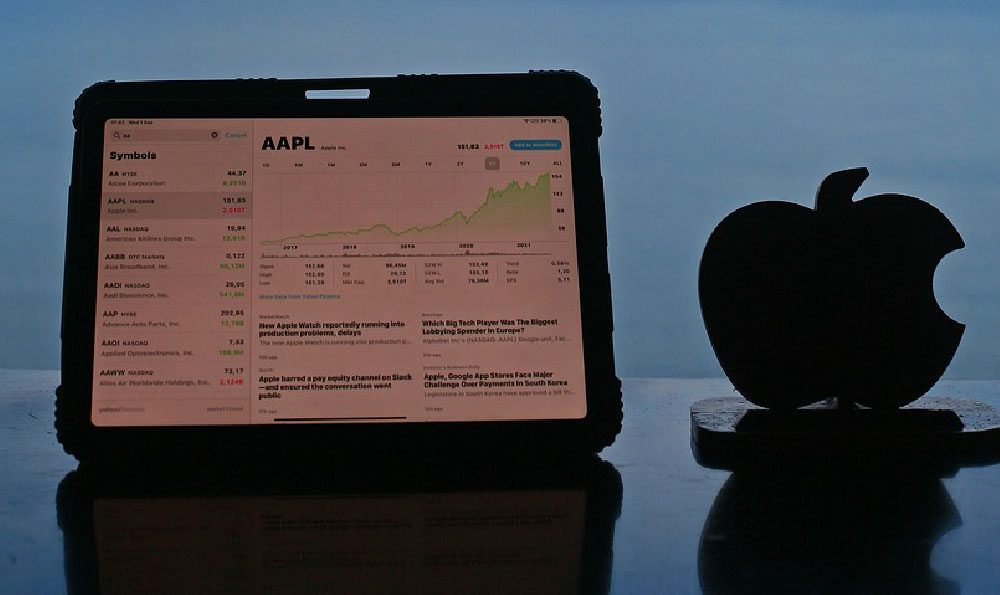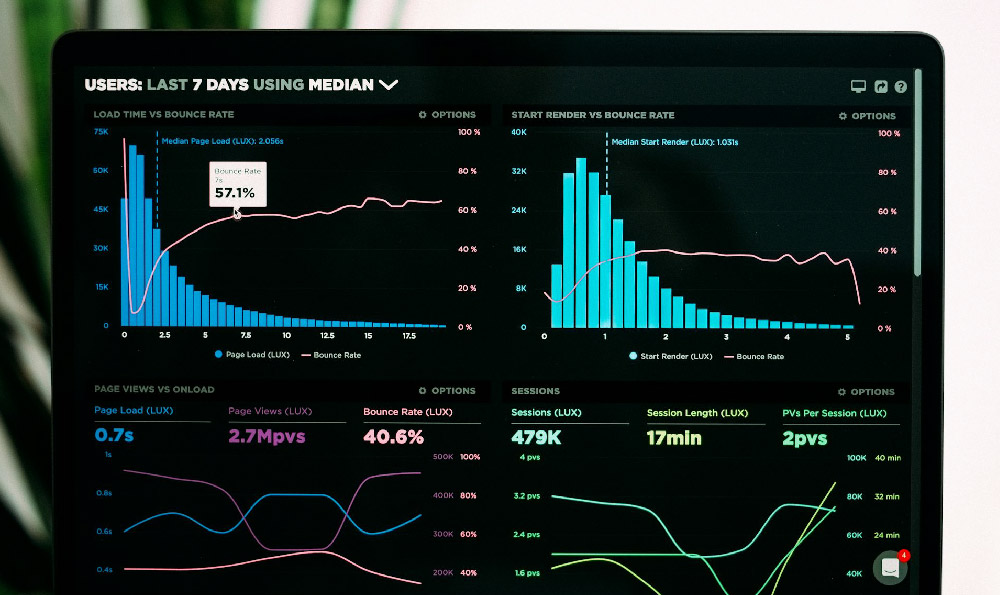Investing in a Fidelity Health Savings Account (HSA) is a powerful strategy for both healthcare savings and long-term wealth accumulation. It's a triple-tax-advantaged account, offering tax deductions on contributions, tax-free growth on investments, and tax-free withdrawals for qualified medical expenses. Understanding how to invest within a Fidelity HSA and why it deserves consideration is crucial for maximizing its benefits.
The first step is eligibility. To be eligible for an HSA, you must be enrolled in a high-deductible health plan (HDHP). For 2024, the IRS defines an HDHP as a health plan with a deductible of at least $1,600 for an individual or $3,200 for a family. The out-of-pocket maximum cannot exceed $8,050 for an individual or $16,100 for a family. Furthermore, you cannot be enrolled in Medicare or be claimed as a dependent on someone else's tax return.
Once you've confirmed your eligibility, you can open an HSA with Fidelity. The process is straightforward and can be done online through Fidelity's website. You'll need to provide personal information, including your Social Security number and bank account details for funding the account. Ensure you select an "Individual HSA" rather than an employer-sponsored one if you're establishing it independently.

After opening the account, you'll need to fund it. Contribution limits are set annually by the IRS. For 2024, the contribution limit is $4,150 for individuals and $8,300 for families. Individuals age 55 and older can contribute an additional $1,000 as a "catch-up" contribution. You can contribute to your HSA through payroll deductions if your employer offers it, or you can make direct contributions from your bank account. Contributing through payroll offers the advantage of avoiding FICA taxes (Social Security and Medicare), providing an additional tax benefit. However, direct contributions are still deductible on your tax return.
Now comes the crucial part: investing the funds within your Fidelity HSA. Unlike some HSAs that initially hold contributions in cash, Fidelity allows you to invest your HSA funds directly from the start. This is a significant advantage as it allows your money to grow tax-free from day one. Fidelity offers a variety of investment options within its HSA, including mutual funds, exchange-traded funds (ETFs), and individual stocks and bonds.
Choosing the right investments depends on your risk tolerance, investment timeline, and financial goals. For long-term growth, consider a diversified portfolio of low-cost index funds or ETFs that track broad market indexes like the S&P 500 or the total stock market. These investments offer broad exposure to the stock market and have historically provided strong returns over long periods. Examples include Fidelity ZERO Total Market Index Fund (FZROX) or Fidelity 500 Index Fund (FXAIX).
If you prefer a more conservative approach, you might consider bond funds or a target-date retirement fund. Bond funds provide income and stability, while target-date funds automatically adjust the asset allocation over time, becoming more conservative as you approach your target retirement date. Fidelity Freedom Funds are a popular choice for target-date investing.
For investors with higher risk tolerance and a longer time horizon, individual stocks might be an option. However, investing in individual stocks requires more research and understanding of the market. It's important to diversify your holdings and avoid putting all your eggs in one basket.
Rebalancing your portfolio periodically is also crucial. This involves selling some assets that have performed well and buying assets that have underperformed to maintain your desired asset allocation. Rebalancing helps manage risk and ensures that your portfolio stays aligned with your investment goals. Fidelity provides tools and resources to help you track your portfolio and rebalance it effectively.
One strategy that leverages the triple-tax advantage of an HSA is to treat it as a retirement account. You can pay for current medical expenses out-of-pocket and save your HSA funds for future healthcare needs in retirement. This allows your HSA funds to grow tax-free for decades, potentially becoming a significant source of retirement income. This strategy is particularly effective if you can afford to pay for medical expenses with other funds.
The "why" of investing in a Fidelity HSA is compelling due to its unique tax advantages. The tax deduction on contributions reduces your current tax liability. The tax-free growth on investments allows your money to compound faster. And the tax-free withdrawals for qualified medical expenses make it an excellent tool for managing healthcare costs, especially in retirement when healthcare expenses tend to increase.
Beyond the tax benefits, an HSA provides flexibility. You can use the funds for qualified medical expenses at any time, or you can save them for future use. Unlike a Flexible Spending Account (FSA), HSA funds roll over year after year, so you don't have to worry about losing unspent funds.
Furthermore, an HSA can be a valuable estate planning tool. Upon your death, your HSA can be passed on to your spouse, who can then treat it as their own HSA. If your HSA is inherited by someone other than your spouse, it becomes taxable to the beneficiary at their ordinary income tax rate.
In conclusion, investing in a Fidelity HSA offers a powerful combination of tax advantages, investment flexibility, and long-term growth potential. By understanding the eligibility requirements, contribution limits, and investment options, you can maximize the benefits of this valuable savings tool. Whether you use it for current healthcare expenses or save it for retirement, a Fidelity HSA can be a key component of a comprehensive financial plan. Remember to consult with a financial advisor to determine the best investment strategy for your individual circumstances.












